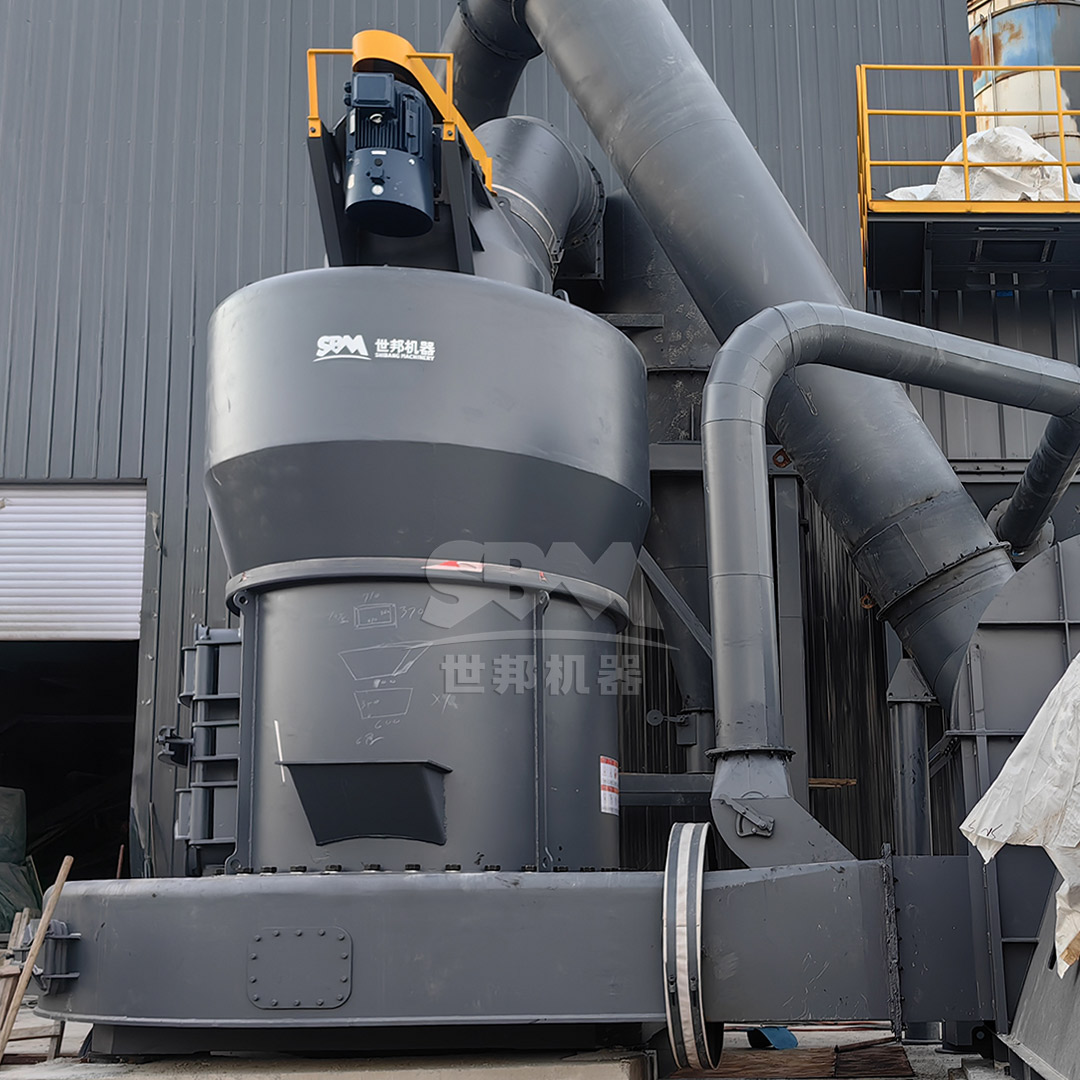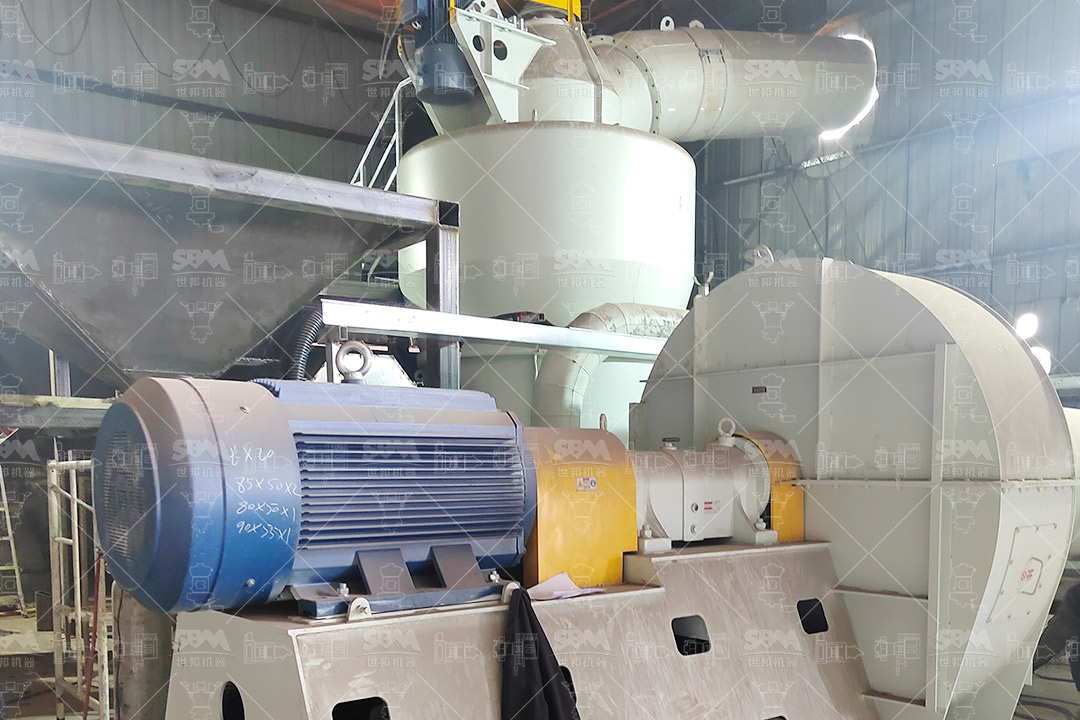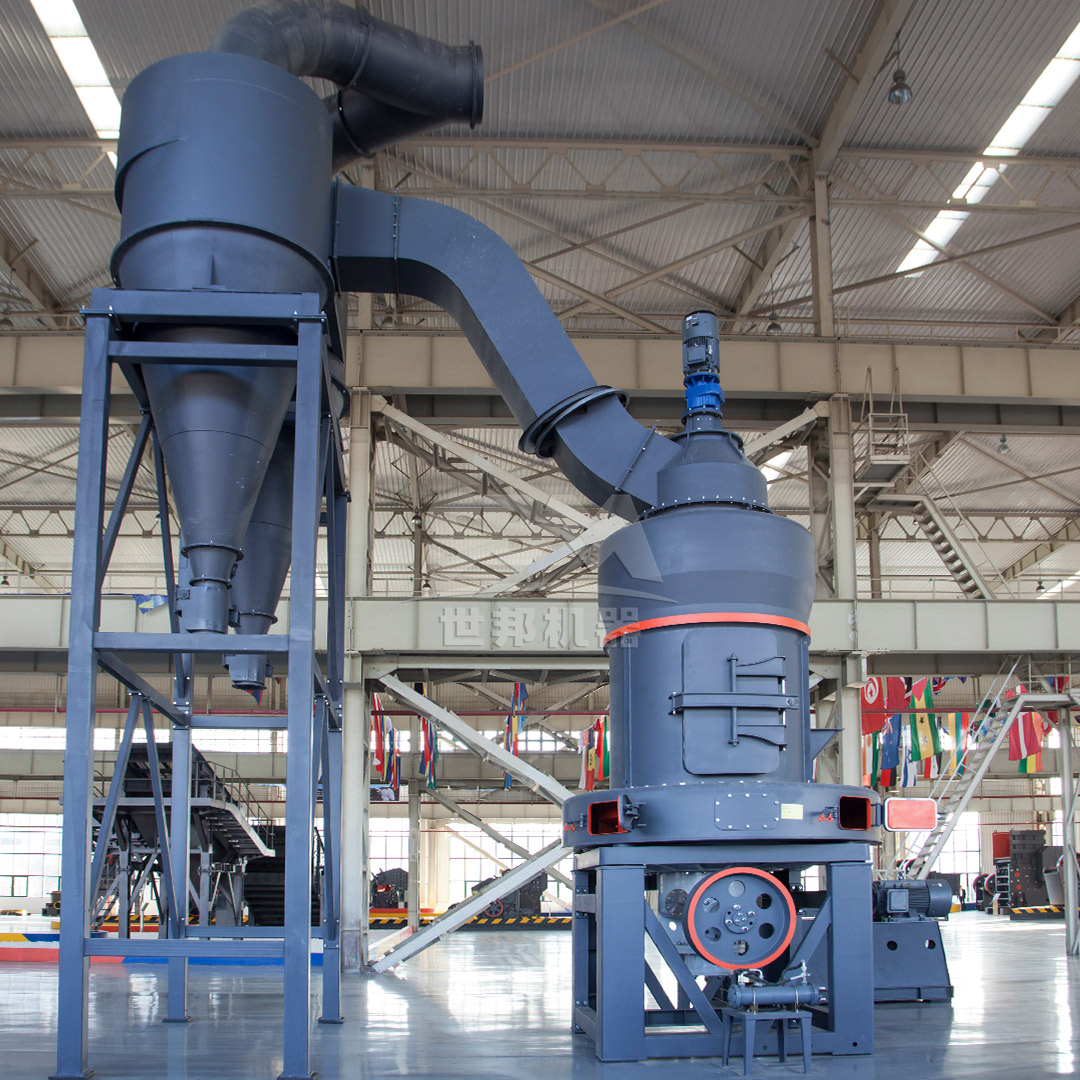Particle size distribution (PSD) is one of the most critical parameters in grinding operations, directly impacting product quality, process efficiency, and downstream performance. Achieving consistent PSD requires a comprehensive understanding of grinding principles, equipment selection, and process control strategies. This article explores the fundamental factors influencing PSD and provides practical guidance for maintaining optimal grinding performance across various industrial applications.
Particle size distribution refers to the relative amounts of different particle sizes within a powdered material. The PSD curve provides valuable information about the grinding efficiency and product characteristics. Key parameters include D10, D50, and D90 values, which represent the particle diameters at 10%, 50%, and 90% cumulative distribution, respectively.
The shape of the PSD curve indicates the grinding mechanism dominance. A narrow distribution suggests controlled fracture and classification, while a broad distribution may indicate random breakage patterns. Understanding these fundamentals is essential for selecting appropriate grinding equipment and optimizing operational parameters.
Multiple factors interact to determine the final PSD in grinding operations:

Consistent feed material properties are fundamental to achieving stable PSD. Implement the following practices:
Proper mill operation is crucial for PSD control:
Modern classification technology plays a pivotal role in PSD control:

Different grinding technologies produce distinct PSD characteristics. Selecting the appropriate equipment for your specific requirements is essential for consistent results.
For applications requiring ultra-fine powders with tight PSD control, specialized equipment with integrated high-precision classification is necessary. Our SCM Ultrafine Mill series represents the pinnacle of ultra-fine grinding technology, specifically engineered for applications demanding precise PSD control in the 325-2500 mesh range (D97 ≤ 5μm).
Key features that make the SCM series ideal for PSD control include:
The SCM series offers models from SCM800 to SCM1680, with capacity ranging from 0.5 to 25 tons per hour, making it suitable for both pilot-scale development and full-scale production requiring precise PSD control.
For general industrial applications requiring controlled PSD in the medium to fine range, the MTW Series Trapezium Mill provides exceptional performance with robust construction and advanced classification capabilities.
The MTW series incorporates several innovations specifically designed for PSD stability:
With models ranging from MTW110 to MRN218, offering capacities from 3 to 45 tons per hour, the MTW series provides versatile PSD control solutions for minerals, industrial powders, and chemical applications.
| Mill Type | Typical PSD Range | Key Control Features | Recommended Applications |
|---|---|---|---|
| SCM Ultrafine Mill | 325-2500 mesh (D97≤5μm) | Vertical turbine classifier, Intelligent feedback | High-precision ceramics, Pharmaceuticals, Advanced materials |
| MTW Trapezium Mill | 30-325 mesh | Curved air duct, Integrated classifier | Industrial minerals, Chemical powders, Fillers |
| LM Vertical Mill | 30-600 mesh | Dynamic separator, Grinding pressure control | Cement, Slag, Coal powder |
| Ball Mill | 0.074-0.8mm | Media size distribution, Residence time control | Mineral processing, Cement clinker |
Advanced monitoring and control systems are essential for maintaining consistent PSD in modern grinding operations.
Implementing inline particle size analyzers provides immediate feedback on PSD changes, enabling proactive adjustments before product quality deviates from specifications. Modern systems utilize laser diffraction, ultrasonic attenuation, or image analysis techniques to monitor PSD continuously.
Integrate PSD measurements with mill operational parameters through PLC or DCS systems:
Leverage historical operational data and machine learning algorithms to predict PSD trends and implement preventive adjustments. Advanced systems can correlate multiple process variables with PSD outcomes, identifying optimal operating windows for specific product requirements.

Even with proper equipment and controls, PSD issues can occur. Here are common problems and their solutions:
Symptoms: Higher than expected proportion of ultra-fine particles, reduced production rate, increased energy consumption.
Potential Causes and Solutions:
Symptoms: Wide span between D10 and D90 values, inconsistent product performance.
Potential Causes and Solutions:
Symptoms: Gradual change in PSD despite constant operating parameters.
Potential Causes and Solutions:
Controlling particle size distribution in grinding mills requires a systematic approach encompassing proper equipment selection, optimized operational parameters, and advanced control strategies. The fundamental principles discussed apply across various mill types, but specific implementation must consider the unique characteristics of each grinding system and application requirements.
Modern grinding technologies, such as our SCM Ultrafine Mill and MTW Trapezium Mill series, incorporate advanced features specifically designed for PSD control, including high-efficiency classification, intelligent control systems, and robust construction for consistent performance. By leveraging these technologies and implementing comprehensive process control strategies, operators can achieve the consistent, high-quality PSD required for today’s demanding industrial applications.
As grinding technology continues to evolve, we anticipate further advancements in real-time monitoring, predictive control, and energy-efficient size reduction that will provide even greater precision in particle size distribution control. The ongoing development of integrated grinding-classification systems represents the future of precise particle engineering across diverse industrial sectors.